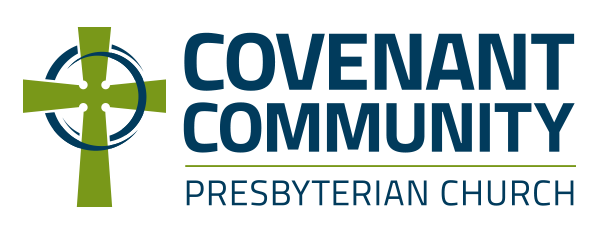Corinth Background
History of Corinth – Greek City, Then Roman Colony
50-51/2 AD - Paul in Corinth - Acts 18:1-18, 24-28
First Lost Letter to Corinth – 1 Cor. 5:9
56 AD - 1 Corinthians – written from Ephesus by Paul
Paul returns to Corinth? Second Lost Letter to Corinth? – 2 Cor. 2:1-4
57 AD - 2 Corinthians – written from Macedonia by Paul
57-58 AD Paul’s final visit – Acts 20:2-3.
Outline of 1 Corinthians
Introduction – 1 Cor. 1:1-9
Factions and In-fighting – 1 Cor. 1:10-4:21
Problems of Behavior – 1 Cor. 5:1-11:34
Problems of Spiritual Gifts – 1 Cor. 12:1-14:40
The Resurrection of Christ and of Christians – 1 Cor. 15:1-58
The Collection, Travel Plans, Greetings – 1 Cor. 16:1-24
Outline of 2 Corinthians
Introduction – 2 Cor. 1:1-11
Paul’s Conflict with the Corinthian Church – 2 Cor. 1:12-2:13
Paul’s Defense of his Ministry – 2 Cor. 2:14-7:16
Collection for the Jerusalem Church – 2 Cor. 8:1-9:15
Paul’s Response to Challenges to his Apostolic Authority – 2 Cor. 10:1-13:10
Greetings and Conclusion – 13:11-13
Major/Relevant Themes of 1 & 2 Corinthians
Human Wisdom vs. God’s Foolishness – The Cross
Accountability in the Church
Sexual Morality and Sexual Immorality – The Body
The Problem of Hats
Spiritual Gifts – Speaking in Tongues, Prophesy, Healing, Administration, etc.
A New Creation in Christ
Resurrection
Questions for Reflection
In 2 Corinthians 5:21, Paul, in speaking of Jesus, writes, “For our sake, he [God] made him to be sin who knew no sin, so that in him we might become the righteousness of God.” This verse sums up the Gospel message – that on the cross, our sin was placed on Jesus, and his righteousness was placed on us. If this is true, Paul says, we are a new creation! What does it mean for you to be a new creation because of Jesus? How is being a new creation more than just being healed or forgiven?
In 2 Corinthians 12:9-10, Paul recounts God saying to him, “my grace is sufficient for you, for power is made perfect in weakness.” How does this section of Scripture affect how you think about your own experiences of suffering? How does it affect the way you share your faith with others?
